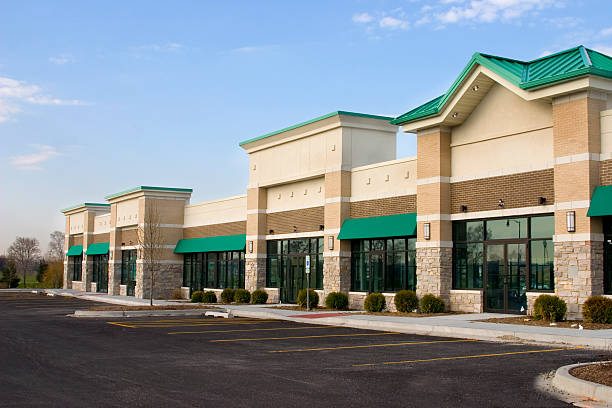Malls Embracing Fitness Centers to Attract Customers
November 28, 2017 | James Sprow | Blue Vault

The Wall Street Journal reports that mall owners have changed attitudes toward fitness centers, amid closures of hundreds of retail stores, declining foot traffic, and increasing vacancies. The growth of the fitness center industry, with their ability to draw higher-income customers, has transformed the traditional gym from a hangout for teenage weightlifters to full-service health clubs that can actually replace anchor tenants and cater to clients who tend to shop and eat at other stores before or after their workouts.
According to the article, Phillips Edison & Company, a sponsor of three nontraded REITs focusing on grocery-anchored shopping centers, has gyms in 44% of its more than 340 centers. CEO Jeff Edison says that in the mid-1990s the company had just a few centers with gyms because tenants viewed the typical gym-goers negatively. Not anymore.
The fitness industry is booming. More than 57 million people belonged to a health club last year, or 19.3% of the U.S. population and memberships have increased 26% since 2009, according to IHRSA. Consumer spending at fitness centers grew 3.7% in the third quarter over last year, according to Atlanta-based spending-data firm Cardlytics. This compares to spending on apparel at brick-and-mortar stores which rose only 0.5%.
Kimco, which owns 507 mostly grocery-anchored shopping centers, found that after LA Fitness gyms were opened in two shopping centers in Connecticut and New York, nine neighboring tenants saw rent increases of 15 to 20% and six existing tenants had sales increases of 30% or more in the year after the gym opened.
According to the WSJ, owners of grocery-anchored shopping centers see fitness as a way to fend off competition from Amazon, whose recent acquisition of Whole Foods heralded its entry into the fresh-food sales arena.











